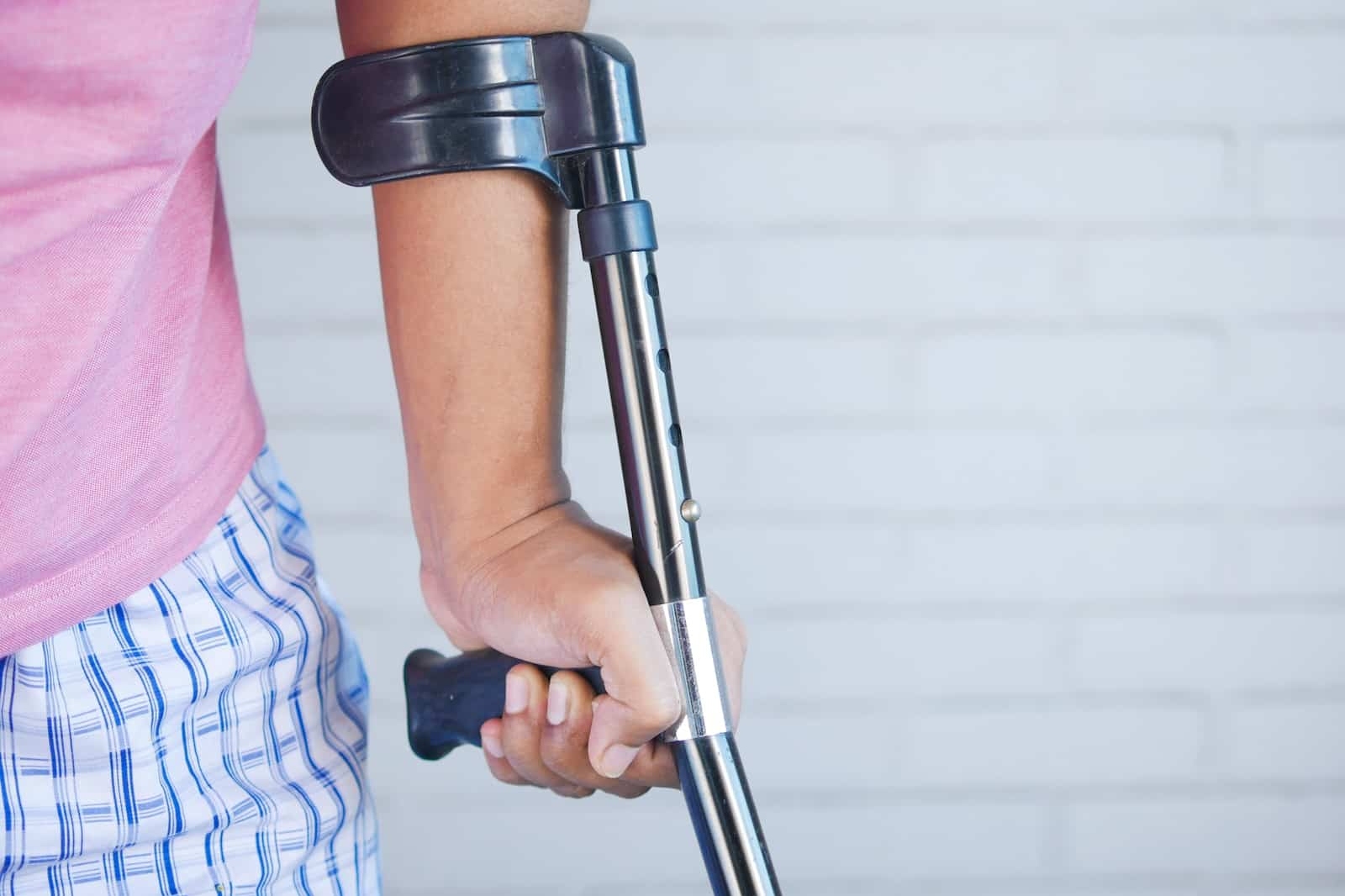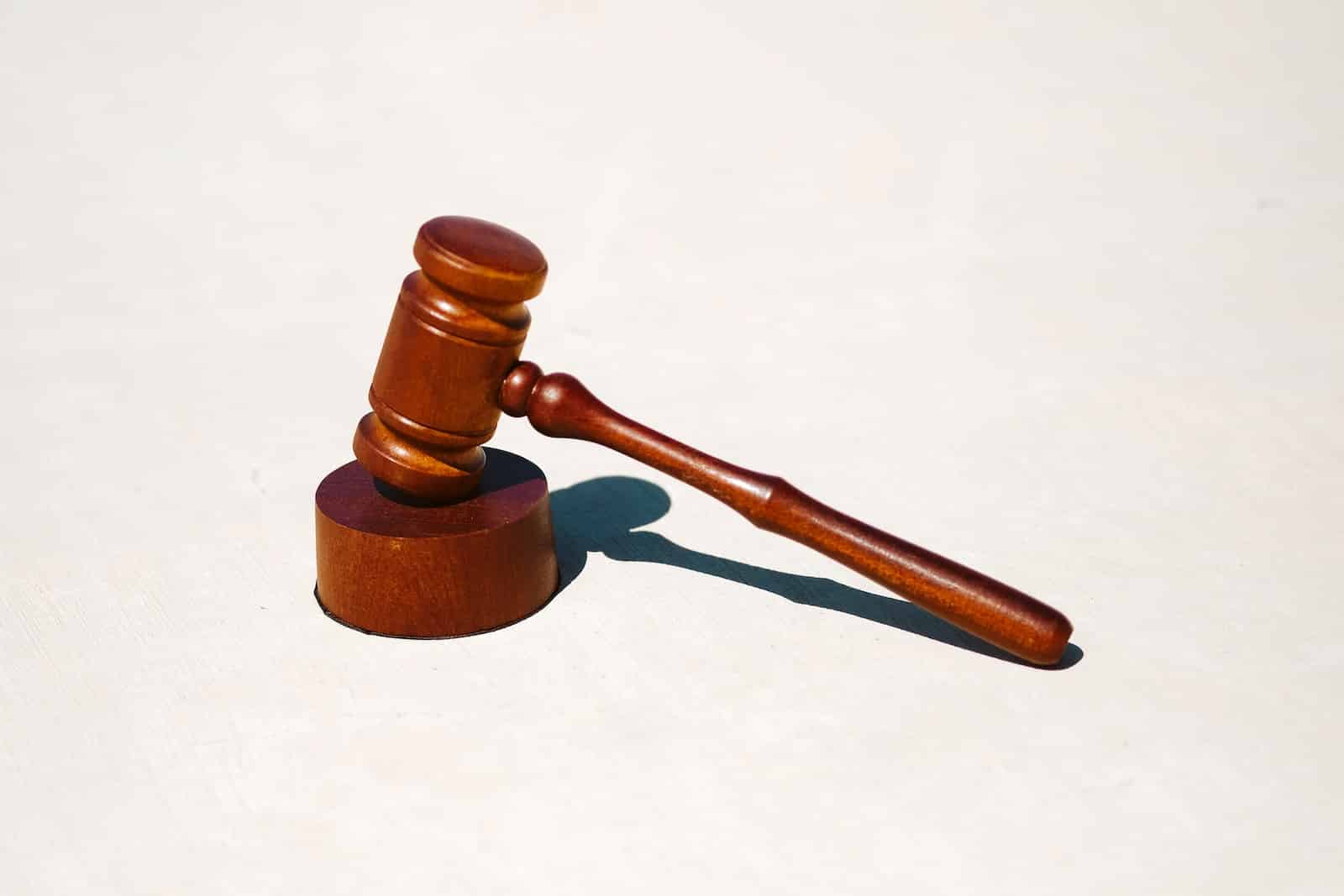Animation is a powerful tool that can help lawyers to effectively convey complex ideas and evidence to a jury. In today’s courtrooms, animation is being used more and more to help lawyers win their cases. This is because animation can:
Simplify Complex Concepts and Technical Evidence
Animation can help to simplify complex concepts and technical evidence, making it easier for the jury to understand. This can be especially useful in cases involving scientific or technical evidence, such as accident reconstruction or medical malpractice.
Improve Recall
Animation can also help to improve recall of key evidence. Jurors are often presented with a large amount of information during a trial, and animation can help to make this information more memorable and easier to recall later.
Persuade the Jury
Animation can be a powerful tool for persuasion. By recreating an event or illustrating complex evidence in a way that is easy for the jury to understand, animation can help to persuade the jury in favor of the lawyer’s argument.
The Role of Animation in Court
Animation plays a crucial role in court by providing visual aids that help to make the evidence more understandable. It can be used to recreate an accident, demonstrate a product’s design, or explain a medical procedure.
Animation can be used to create 3D models of crime scenes, accident sites, and other locations relevant to the case. This can help to provide a clear and accurate representation of the event, making it easier for the jury to understand what happened.
Animation can also be used to create simulations of accidents or other events, which can help to demonstrate cause and effect. This can be particularly useful in cases involving medical malpractice or product liability.
Examples of Animation used in Court
The OJ Simpson Trial
In the OJ Simpson trial, animation was used to recreate the crime scene and demonstrate the prosecution’s theory of how the murders occurred. The animation helped to provide a clear and accurate representation of the event, making it easier for the jury to understand what happened.
The Microsoft Anti-Trust Trial
In the Microsoft Anti-Trust trial, animation was used to demonstrate the inner workings of Windows, in order to show how Microsoft’s actions were anti-competitive. The animation helped to simplify complex technical concepts, making it easier for the jury to understand the case.
The Exxon Valdez Oil Spill Trial
In the Exxon Valdez oil spill trial, animation was used to recreate the accident and demonstrate the cause of the spill. The animation helped to provide a clear and accurate representation of the event, making it easier for the jury to understand what happened and hold Exxon accountable for the damages.
In conclusion, animation is a powerful tool that can help lawyers to effectively convey complex ideas and evidence to a jury. It can be used to simplify complex concepts and technical evidence, improve recall, and persuade the jury in favor of the lawyer’s argument. As more and more courts accept the use of animation, it is becoming an essential tool for lawyers to win their cases.


